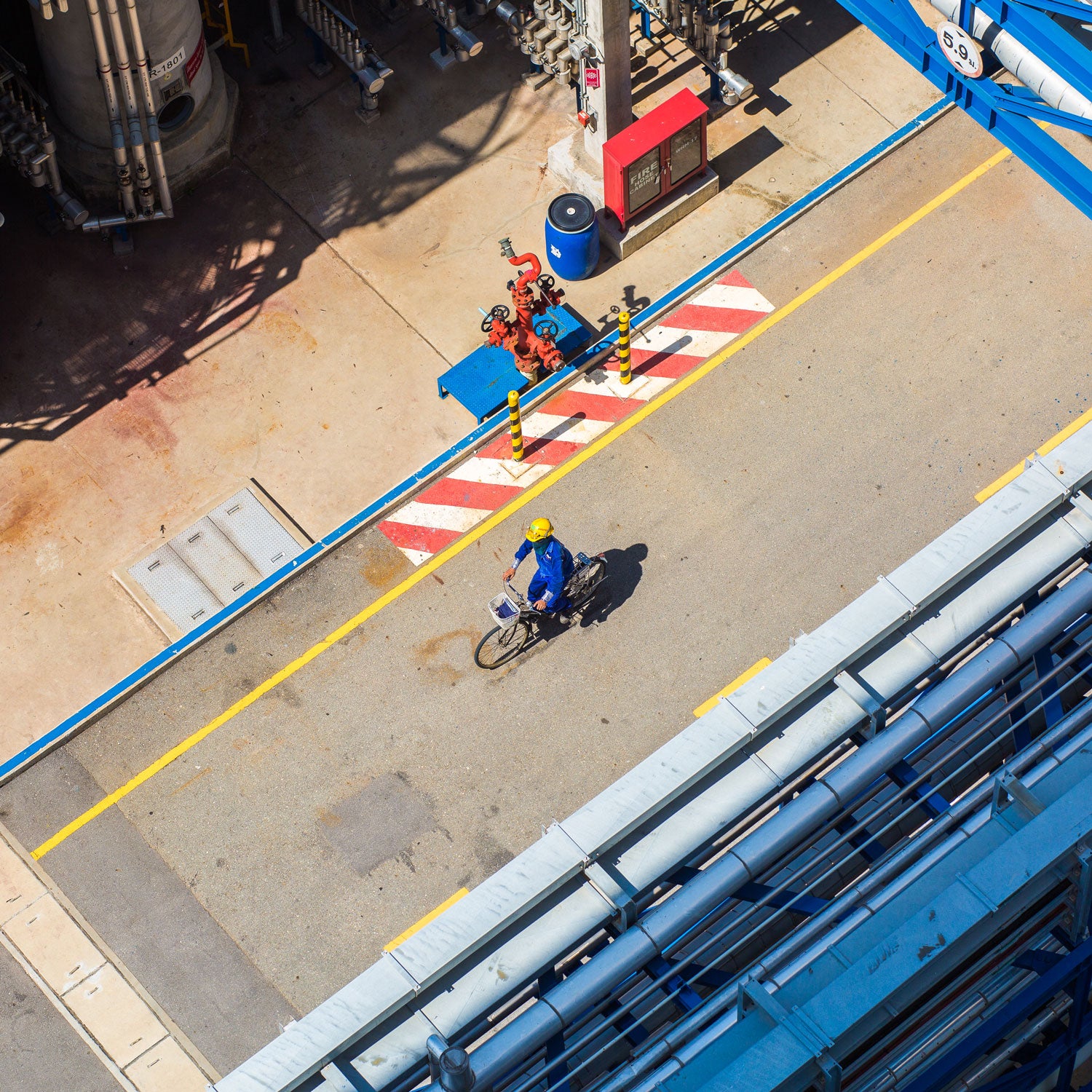Update: On Friday, May 10, an��increase on the $200 billion in imports discussed below, raising the tariff from 10 percent to 25 percent. The President has also threatened a new 25 percent tariff on another $325 billion in Chinese imports, which the Outdoor Industry Association include technical apparel and footwear. However, not all affected gear will be getting more expensive: After initially increasing the cost of its e-assist bikes, RAD Power Bikes����last week that it will be absorbing the full cost of the tariffs, bringing the price back down.
Outdoor gear is about to get more expensive if a proposed tariff on $200 billion in Chinese imports receives U.S. Trade Representative approval. The items on the 195-page —including ski, bike, and camping gear shipped in from China—would be subject to a��tax��of anywhere from 10 to 25 percent.
The proposed tariff on these products is collateral damage from a mounting trade dispute with China over alleged intellectual property theft. In May, the USTR approved a 25 percent tariff on $34 billion in Chinese imports, followed by a 25 percent tariff on $16 billion in imports in August. (China has issued its own in response.)
While outdoor companies were largely spared in the first round, the second round, which went into effect Thursday, August 23, hit e-bikes. The��latest list, which is currently undergoing public comment before final approval, brings even more outdoor gear under threat: ski gloves, knit hats, helmets, backpacks,��candle lanterns, knives, camp chairs, raw wool, bikes, and a long list of bike components including brakes, saddles, forks, frames, and pedals. “Almost every part you need to work on a bike,” says Alex Logemann of the advocacy nonprofit PeopleForBikes.
Last month, ���ϳԹ��� reported on the impact such tariffs could have on the bike industry, which��imported 99 percent of the 17.8 million bikes sold in the U.S. in 2014, according to a by the National Bicycle Dealers Association. estimates that 94 percent of complete bikes sold in the U.S. come from China.��Ski and camping companies have��skin in the game��as well, since—according to the Snowsports Industries America (SIA)—knit hats, gloves, helmets, and sports bags (duffels, backpacks, boot bags)��accounted for $779 million in sales between August and March 2018.
Representatives from the Outdoor Industry Association, SIA, and PeopleForBikes cited these statistics and more��in a ��last week, alongside executives from several major outdoor brands, including Specialized, Advanced Sports Enterprises (the company behind Fuji bikes), Bell Sports, SOG��(on behalf of a coalition of seven knife companies), and��Fitbit.��“Raising the tariff to 25 percent could very well put some small, medium-sized companies out of business,” Rich Harper, manager of international trade for the Outdoor Industry Association, said in .��“Ultimately, this means outdoor companies will be unable to create new U.S. jobs and, in some cases, may be forced to eliminate existing jobs. It will force some companies to discontinue popular and profitable products and cease the development of new products.”��
PeopleForBikes anticipates retail prices for bikes and bike accessories will go up by at least 25 percent. “For someone buying a $1,000 bike, what they’re able to buy today and what they will be able to buy with the tariffs imposed is going to be different,” says Bob Margevicius, executive vice president of . “You’re not going to get the same performance or quality for $1,000 anymore.” Rad Power Bikes, a leading manufacturer of e-bikes, raised its prices by several hundred dollars the same day the tariffs went into effect.��
“Either you raise prices and lose business, or you eat the margin and risk running out of cash,” says Brent Merriam, COO of . NEMO, , and , the company behind UCO camping gear, are all preparing to raise prices on affected��products—the Stargaze Recliner chair for NEMO, titanium flatware and candle lanterns for UCO, and a significant portion of SOG’s line of knives—if the tariffs go into effect.�����ϳԹ�����reached out to a handful of backpack makers, but none would comment.
For retailers, particularly the ones in winter resort towns that make the bulk of their��money during the four-month��ski season, price increases could be devastating.��“With even a slight increase in price, the sustainability of our industry is in jeopardy,” says Nick Sargent, CEO of SIA, “because a price increase to consumers is fully expected to drive a decline in spending, which will ripple across local communities and tourist-dependent resort towns throughout the United States.” A loophole in customs regulations could exacerbate the problem. allows imports under $800 bought by an individual to cross through customs duty-free. In practice, this means cheap gear purchased direct-to-consumer from China via sites like Amazon or Alibaba will escape the 25 percent tariff. Effectively, this could drive customers away from pricier U.S.-made gear, American companies that manufacture their products in China, and already struggling brick-and-mortar stores.
Asked whether the tariffs would be incentive enough to bring manufacturing back to the U.S., most companies say no. “We don’t have the capacity, the technology, or the specialized skill sets to produce in mass volume here,” says Jonathan Wegner of SOG. The tariff on bike components means that the few factories that do make bikes on U.S. soil will actually face higher costs. Scaling up with a new manufacturing facility, domestic or foreign, can take years—Merriam says 2021 is the soonest NEMO would be able to shift over to a new factory—and often requires paying big bucks for new tooling (the specialized equipment used to manufacture technical gear), which Merriam says would cost around $75,000,��since brands usually can’t take the machines with them when they change suppliers.
A��group of outdoor-industry executives is��planning to go to D.C. to plead its case before congressional representatives later this month. Consumers can voice their opinions by ��through September 5.


